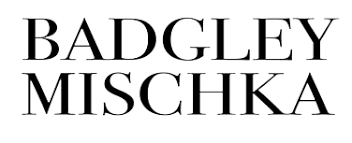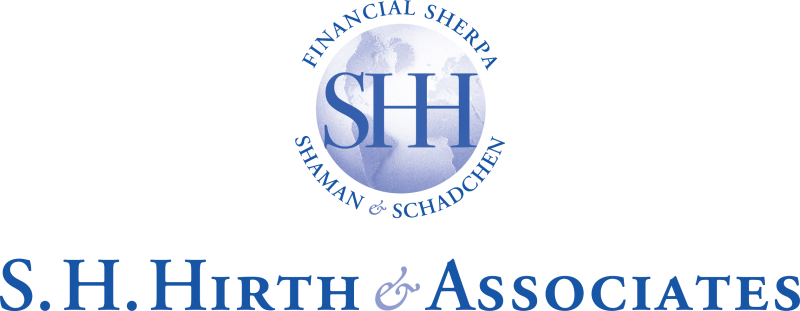Microsoft Teams has become a key part of communications for many organizations. The ease of messaging, video conferencing, and collaborating increases productivity and workplace flexibility. Although Teams is simple to use, it is a powerful tool with a variety of useful features. Here are some helpful tips to boost your productivity when using Microsoft Teams.
Shortcuts and Commands
Keyboard shortcuts are a quick, convenient way to save yourself time and clicks. Many of us already use simple shortcuts such as Ctrl+C and Ctrl+V to copy and paste. Teams takes this a step further and has its own unique shortcuts and slash commands built in. With keyboard shortcuts on Teams, you can start a new message (Ctrl+N), attach a file (Alt+Shift+O), view your calendar (Ctrl+4) , and much more. For a complete list of keyboard shortcuts, press “Ctrl” and “.”
Even though there are fewer options, slash commands are still quite useful. Slash commands are text-based shortcuts for performing simple tasks. For example, using “/brb” will set your status to “be right back” while “/mentions” will show every time your handle was mentioned in your chats. To use slash commands, go to the Teams search bar at the top, type the desired command and press “Enter.” You can also type “/” to choose from a full list of slash commands.
Utilize Tabs
Tabs are a great way to keep your chats organized and improve collaboration through various applications. By default, each chat comes equipped with 5 tabs at the top: Chat, Files, Organization, Activity, and LinkedIn.
- Chat will show all of your standard messages and chat history.
- Files shows you every file that has been sent in the chat.
- Organization will show the organizational structure of your company, including who your chat recipient reports to.
- Activity will show your chat members’ other messages and activities from mutually shared groups.
- LinkedIn will show your chat member’s LinkedIn account.
Clicking the “+” at the top of the chat opens a new tab with a slew of options to choose from. For example, you can select Excel, choose a spreadsheet, and your new tab will always show the selected spreadsheet, allowing for easy collaboration between the chat members. Tabs are not only for Microsoft Office applications; third-party applications such as Hive, signNow, Monday.com, and many more are all available as new tabs.
Name Your Group Chats
There is nothing more frustrating than sifting through your group chats in search of a specific topic, only to become lost in a sea of messages. Naming your group chats is a simple solution to help you and your colleagues stay organized. To name your group, navigate to your desired group chat and click the pencil symbol at the top left of the chat. Make sure the chat’s name is relevant to the topic and can be easily found in a search. For example, if your team oversees publishing an article, name the group the title of your article. Now you can search for and easily identify your group chats.
Categorize with Tags
Tags are a great way to mass contact certain departments or positions within your organization. Team owners or team members with admin privileges can create and assign tags for certain departments, job titles, and more. In a law firm, for example, the tag “@Staff” can be assigned to every non-attorney firm member and will notify everyone but the attorneys. Tags streamline communication within Teams, and announcements pertaining to a particular department or position are easily sent with tags.
Send Urgent Messages
When you need to get your point across, use message delivery options. In the bottom left of a chat, under the text box, you will see a “!” symbol. Clicking on this symbol shows three options: standard, important, and urgent.
Standard messages are the normal messages you send every day. Important messages will be delivered with a red “IMPORTANT!” heading, which is useful for emphasizing an essential point. If that is not enough, selecting urgent will notify the recipient every 2 minutes for 20 minutes and comes equipped with an “URGENT!” heading. Urgent messages are extremely useful for time-sensitive information or tasks that need to be completed ASAP.
Filter Your Chats
Like any messaging application, Teams can quickly become a mess of information and the search bar may not always be your best solution. Filters are helpful for viewing different types of messages including unread chats, meetings, muted chats, and more. To filter your chats, click on the chat icon in the sidebar, then to the right of “Chat,” click the three lines in the shape of a funnel. Next, click the ellipsis, “...” and you will see a short list of filters for your chat tab. For example, choosing “Muted” will show a list of chats you have muted. These filters are useful for more of a general categorical search.
Many of these features are not applicable for mobile devices, but you can utilize all of them with your laptop, PC, or virtual desktop to increase productivity and enhance internal communications.
Tabush Group is a leading provider of managed IT services and Desktop as a Service (DaaS). To learn more about how our state-of-the-art IT solutions can make your firm’s operations more efficient and secure, contact us.









